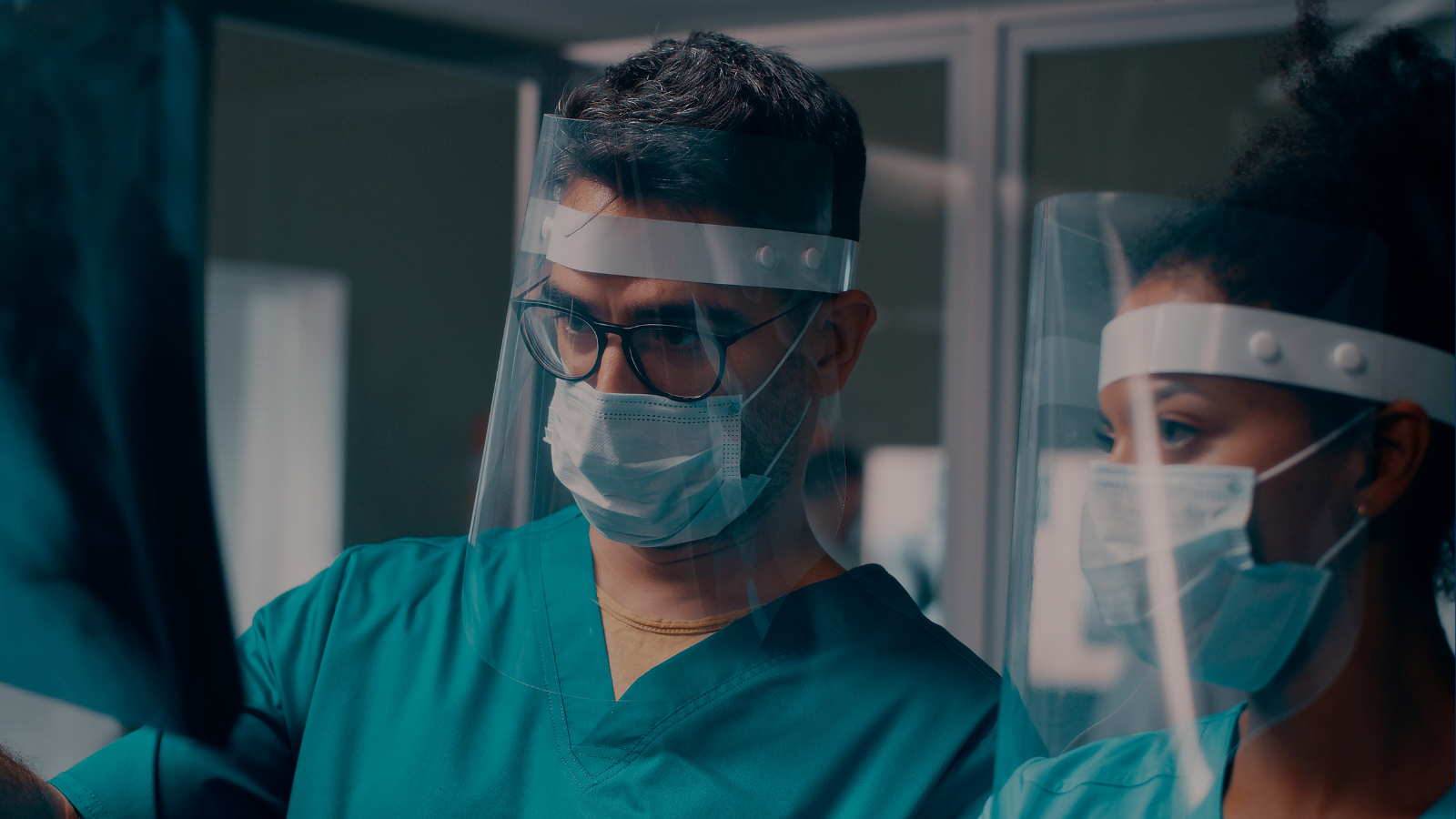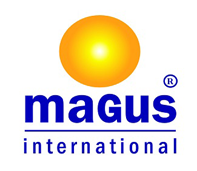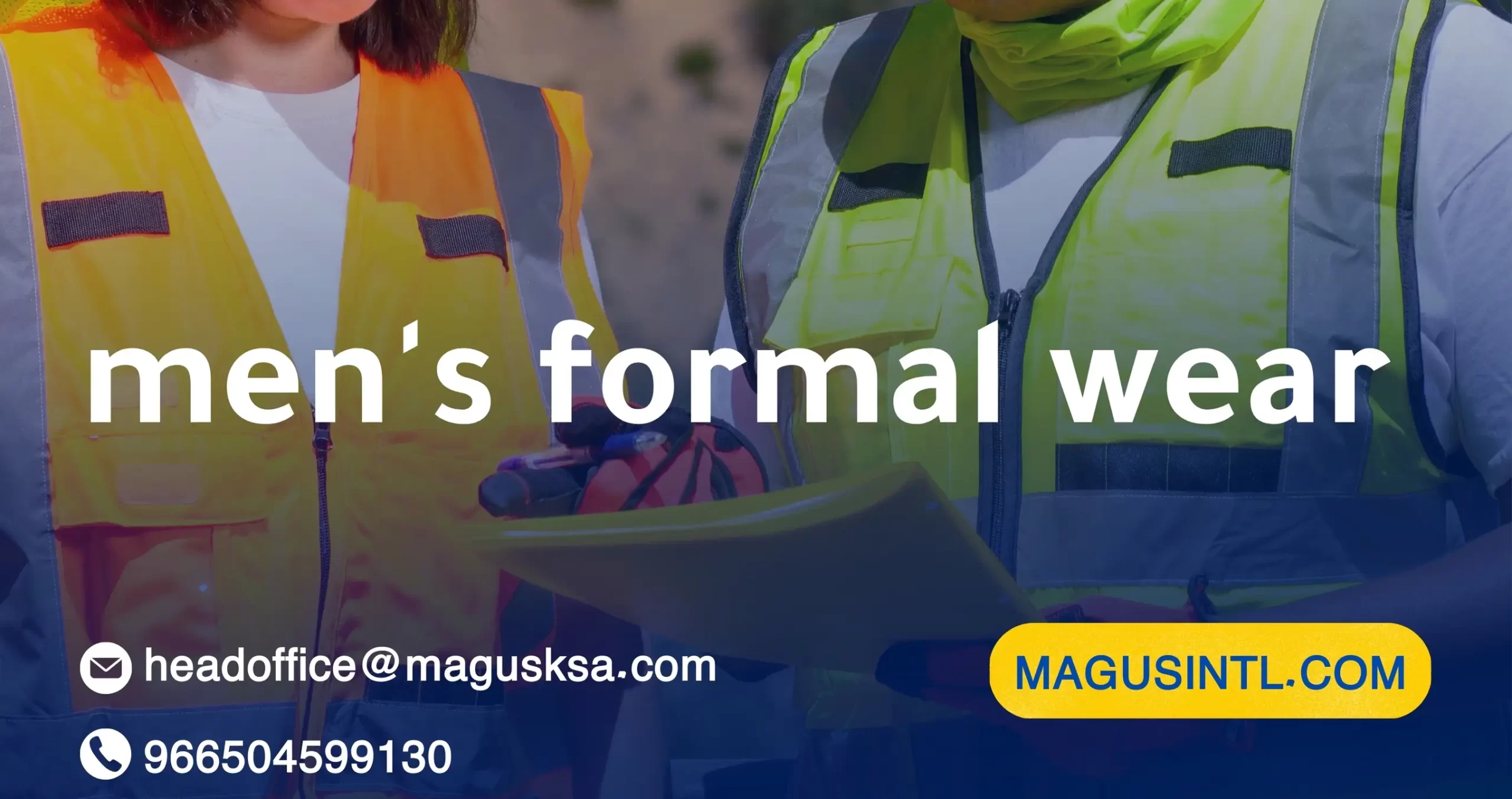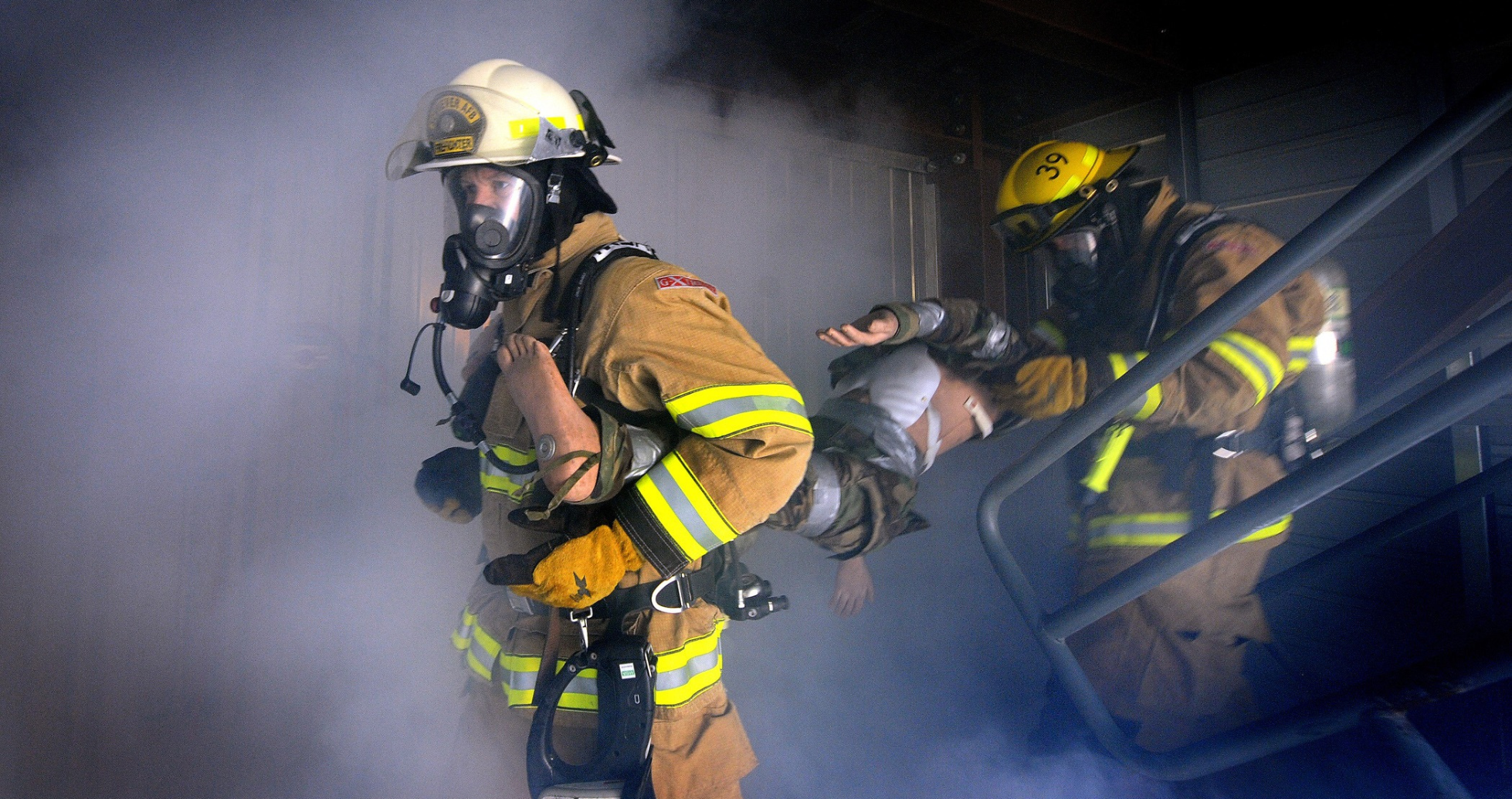Face Shields In Healthcare: Protecting Our Frontline Workers
Face shields are a type of protection equipment that covers your face from sprinkles of liquid and atoms in the air. These shields are worn on the head like glasses, helmets, or caps and usually cover all of your face.
Wearing a face shield is something that everyone who interacts with people closely, including teachers, healthcare professionals, and grocery store employees, should think about doing. Keep up with the most recent developments in medical technology that can aid in our successful pandemic fight.
How to wear face shields properly
The effectiveness of a face shield in preventing illnesses depends on how well it is worn. First, you must wash your hands with soap and water. The shield ought to be placed over the top of your head so that it covers your entire face and extends below your chin. Make any adjustments to the headband or elastic strap for a precise and comfortable fit.
Check that there’s no space between the shield and your forehead. Keep your hands away from the front of the shield while it’s on since it can be contaminated. After removing the shield, cleanse and disinfect it according to the manufacturer’s instructions, making sure you only handle the headband or strap. By following these suggestions, you may ensure that your face shield offers efficient defense in the continuous battle against global epidemics.
How Do Face Shields Work?
Face shields provide a physical barrier to keep respiratory droplets and other elements of the outside world away from the wearer’s face. They comprise a clear shield covering the entire face, including the lips, nose, and eyes, made of materials like polycarbonate.
One important advantage of this exhaustive coverage is that it helps to prevent the spread of any virus. A person may emit airborne droplets into the air when they talk, sneeze, or cough. Shields collect these droplets and prevent the wearer’s face from coming into direct contact with them by operating as a shield. Along with face masks, these shields give an additional line of defense that may help stop the virus’s spread.
The advantages of face shields
There are a lot of pros, face shields are an important tool in the fight against viruses
- These clear protective barriers act as an essential first line of defense, protecting the wearer’s face and eyes from respiratory droplets.
- Face masks mostly enclose the mouth and nose; these shields supply protection all around.
- They are particularly useful in environments like hospitals where medical professionals may be in danger of infection. Moreover, many kinds of materials are available for face shields, including reusable ones that encourage sustainability and disposable ones that are comfortable to use.
- Accepting a face guard as a vital piece of medical equipment and a public health measure helps successfully contain a pandemic.
The elements of face shields
Face shields come in a range of luminescent and long-lasting materials. The most common materials used to make these shields are plastic, acrylic, and polycarbonate. Polyethylene terephthalate is a typical source of plastic, which is lightweight and exhibits excellent optical clarity. Another frequent option, acrylic is also known as plexiglass because of its impact hardness and transparency.
It provides a clear field of vision and protects against respiratory droplets. Polycarbonate is a material that is widely utilized in these shields that have a higher impact resistance because of its remarkable strength and durability. Excellent clarity makes this material appropriate for frontline workers and healthcare professionals that need higher protection. The material selection is influenced by various aspects, including the intended purpose, required level of security, and reusability.
How to choose a face shield
Selecting the right face shield is essential for providing you with effective protection. Start by thinking about the kind of face shield that best meets your needs. Choose between a disposable shield for ease of use or a reusable one for extended use. Then concentrate on the content. In order to ensure maximum visibility and impact resistance, look for shields constructed of strong, transparent materials like polycarbonate.
Think about the face shield’s dimensions as well; it should cover your entire face, including your lips, nose, and eyes. A custom fit can be achieved with elastic straps or headbands that are adjustable. Furthermore, to make sure the shield satisfies safety standards, look for certificates or standards compliance. Lastly, think about the particular setting or function that the face shield is needed for, such as medical facilities or public gatherings. Through testing of these variables, you may select the finest face shield to provide both comfort and protection.

Types of face shields
You may get a lot of different kinds of shields for your face for protection. While they are all similar, their forms and wearability varied slightly. Think about what you want and how it will cover your face while selecting one. Every style has advantages and disadvantages, so you can select the one that best suits your needs.
Headgear
The face shield that is most frequently used and most readily available is the headband style. It fits more comfortably and is simpler to wear for extended periods of time when it is strapped around the head and has a cushioned or cloth-covered strip at the front. To prevent irritating the skin, the more cushioning, the better. This type is practically universally available, and they are frequently reasonably priced. Another advantage is that this fits over eyewear without any problems for those who use thicker glasses, including sunglasses.
Disposable
- Some businesses have made the decision to provide throwaway face shields to their staff. Although these are good for one-time usage, there are a few issues with having only one use. They generate a lot of garbage for very little actual use time, which makes them extremely bad for the environment.
- They also shatter quickly, which might lessen protection if damage isn’t spotted right after. Cost is an additional issue. Even though the shields are cheaply priced when purchased in bulk, if you use them frequently, you’ll rapidly use through a lot of them. Over time, it will be more economical to invest in a long-lasting, permanent solution. It also reduces garbage disposal costs and is more ecologically friendly.
Wide
- If your profession exposes you to toxins on the sides of your head or you require a shield to protect you from chemical splashes, a wide face shield can be a better option.
- It begins at the rear of the head and extends across, surrounding and enveloping the front in a single, uninterrupted piece of plastic. These can be worn behind the ears like glasses or as headbands. Select one with a complete band as well, as the eyewear style isn’t usually stable.
Food Grade
If you work in a kitchen, you might have observed several chefs and other staff members donning this slender, plastic face shield, which is somewhat distinct from what you might see in an office. These face protections are food-grade.
They descend below the chin and wrap around the head a little more securely, allowing for unrestricted movement without the chance of the shield slipping or needing to be readjusted during cooking. The greatest choice for anyone handling food is these masks.
Mouth Guard
- Although mouthguards are classified as face shields, they aren’t seen to be a reliable method of virus protection. They only cover the nose to the chin, but you can wear them with a mask. The remainder of the face is left exposed, which is dangerous because the eyes are especially vulnerable to infection.
- Experts advise against choosing a mouthguard and that you are better off buying a full-face shield. This is especially true when you take into account that mouthguards usually fit loosely, giving ample of space for droplets to enter the area they’re meant to shield.
As we get to the bottom line, a crucial line of defense against the spread of any virus is the usage of face shields. They offer an additional layer of protection for your face and lungs and are easy to use. Using a face shield can provide further protection against the spread of viruses.





There are no comments